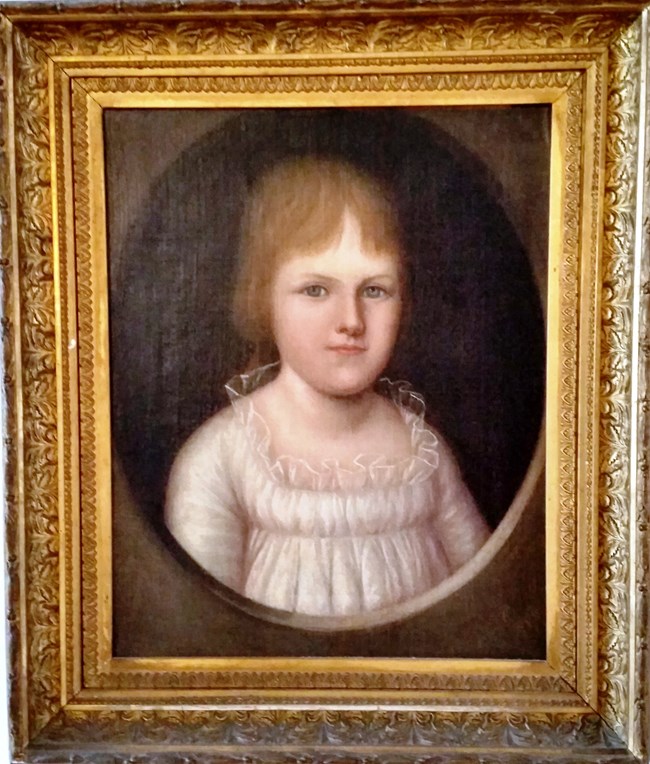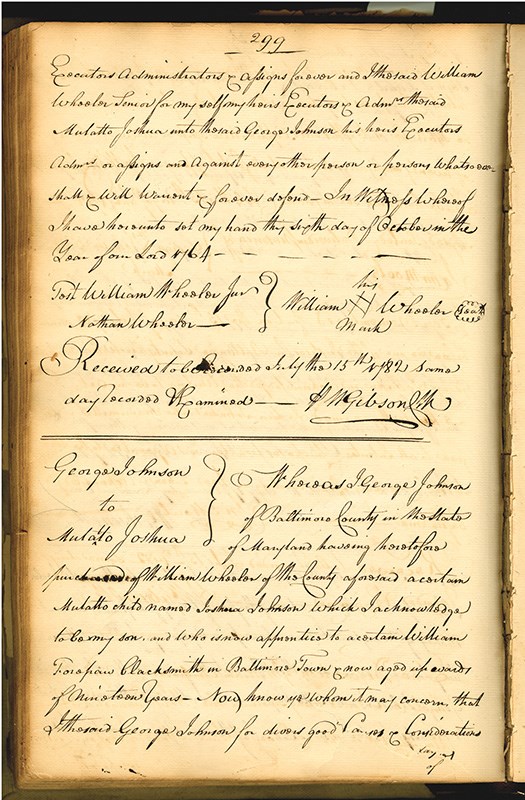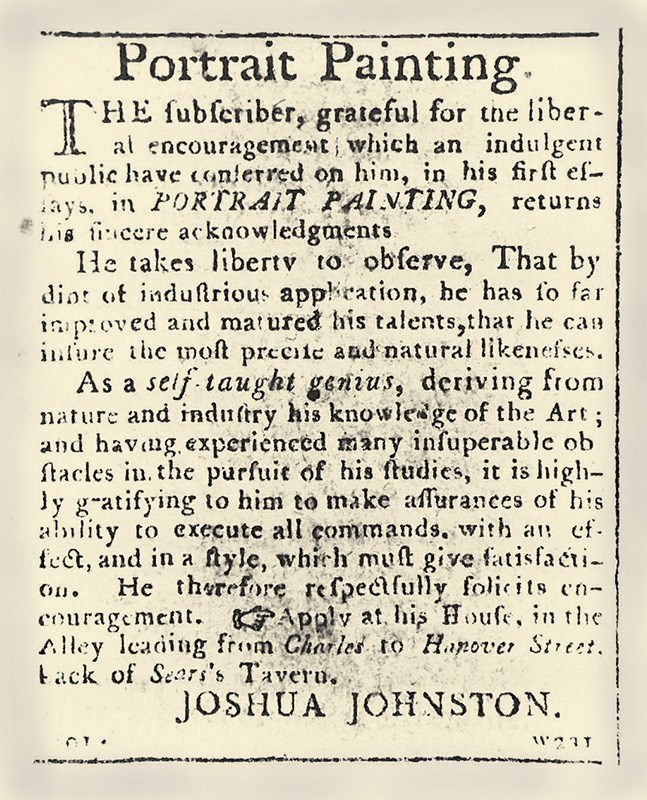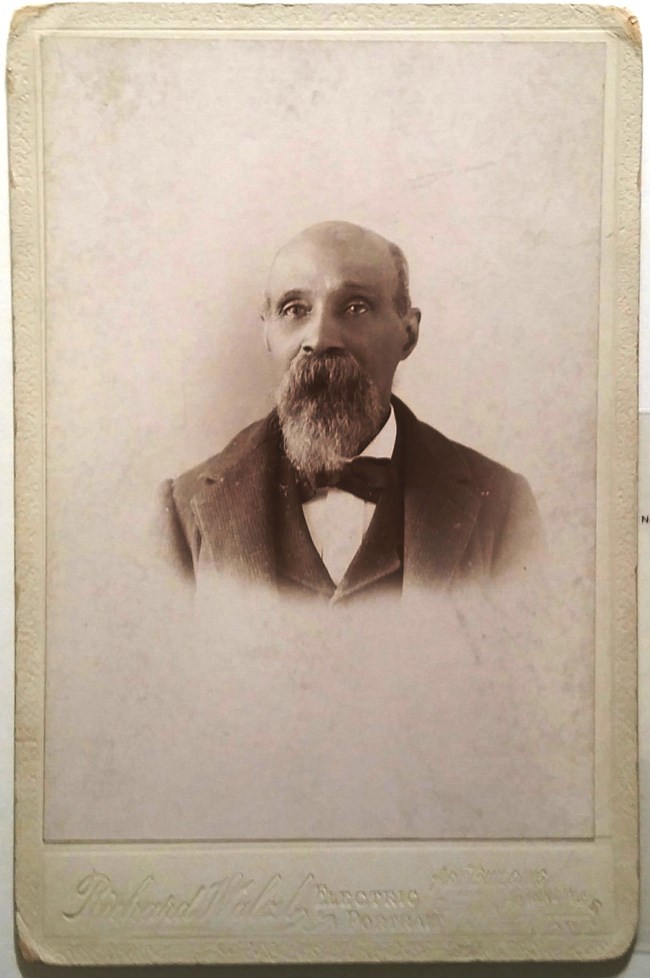Last updated: February 13, 2024
Article
Hampton National Historic Site Painting Featured in American Folk Art Museum Exhibition of African American Art

NPS
Portrait of Prudence Gough Carroll by renowned Black artist Joshua Johnson now on view in New York gallery.
A charming portrait depicting a young girl, Prudence Gough Carroll (1795-1822) who was later John Ridgely of Hampton’s first wife, has been lent by Hampton National Historic Site to the exhibition Unnamed Figures: Black Presence and Absence in the Early American North, organized by the American Folk Art Museum in New York City. This important painting was a gift to the Hampton NHS museum collection from a Ridgely descendant in 2017.
The painting is the work of Joshua Johnson (c. 1763-after 1827), the first known professional Black artist in the United States, who worked principally in Baltimore. Johnson was born to a white father (George Johnson) and an enslaved African American woman around 1763 on the farm of William Wheeler, Sr. (1694-1767), located not far from Hampton. His mother may have been one of the two women enslaved by Wheeler, Sarah or “Murrier” (probably a phonetic spelling of Maria), both of whom he names and bequeaths in his will. Johnson was purchased by his father George Johnson at the age of about one in 1764.

Courtesy, Maryland Center for History and Culture
The 1782 manumission document, recorded when Joshua was 19, states that he would be manumitted at age 21 or when he completed his apprenticeship with Baltimore blacksmith William Forepaugh. Metalworking trades were practiced by many African Americans in the late 1700s, both enslaved and free. Today, however, Joshua Johnson is renowned as a successful portrait painter, advertising himself as a “self-taught genius” in a Baltimore newspaper in 1798, about the time he painted Prudence Gough Carroll’s portrait. The same advertisement notes that he had “experienced many insuperable obstacles in the pursuit of his studies,” an understandable comment for a young Black man in the late 1700s. Nevertheless, he went on to have a successful career of nearly 30 years principally painting the families of Baltimore’s middle-class merchants, shop owners, and craftsmen.

Baltimore Intelligencer
Johnson’s portrait of Prudence is included in the Unnamed Figures exhibition not only because it is a fine work by an early Black artist but also because of the sitter’s connection through her father, James Maccubin Carroll of Mount Clare, to the iron industry in Maryland. Her connections to another plantation, Perry Hall, are also significant, however. Perry Hall was the property of Prudence’s grandparents Harry Dorsey Gough (1745-1808) and Prudence Carnan (1753-1822), a sister of Governor Charles Carnan Ridgely of Hampton. Two landscapes painted at Perry Hall (c. 1797 and c. 1805) depict enslaved workers as well as Gough family members. One of these individuals in the earlier Perry Hall painting now at Winterthur Museum may be identified as Sib Hall (c.1788-living 1808), possibly the young nursemaid seen with one of the Goughs’ grandsons. Sib eventually had a granddaughter Sidney Hall Davage (c.1817-1896), whose son-in-law was Henry Cummins (c.1826-1906), born enslaved at Governor Ridgely’s nearby White Marsh farm and later manumitted at age 28 under the terms of Ridgely’s will. Cummins went on to be a successful caterer in Baltimore and the father of a large family of highly accomplished children.

Maryland Center for History and Culture.
The Unnamed Figures exhibition displays 126 works (paintings, needlework, photographs) featuring Black representation and invites viewers to focus on figures that appear in—and are often omitted from—early American images. After closing at the American Folk Art Museum on March 24th, the exhibit will travel to Deerfield Museum in Deerfield, Massachusetts and be on view there from May 1st to August 4th.
